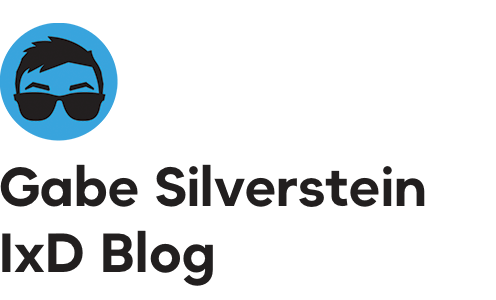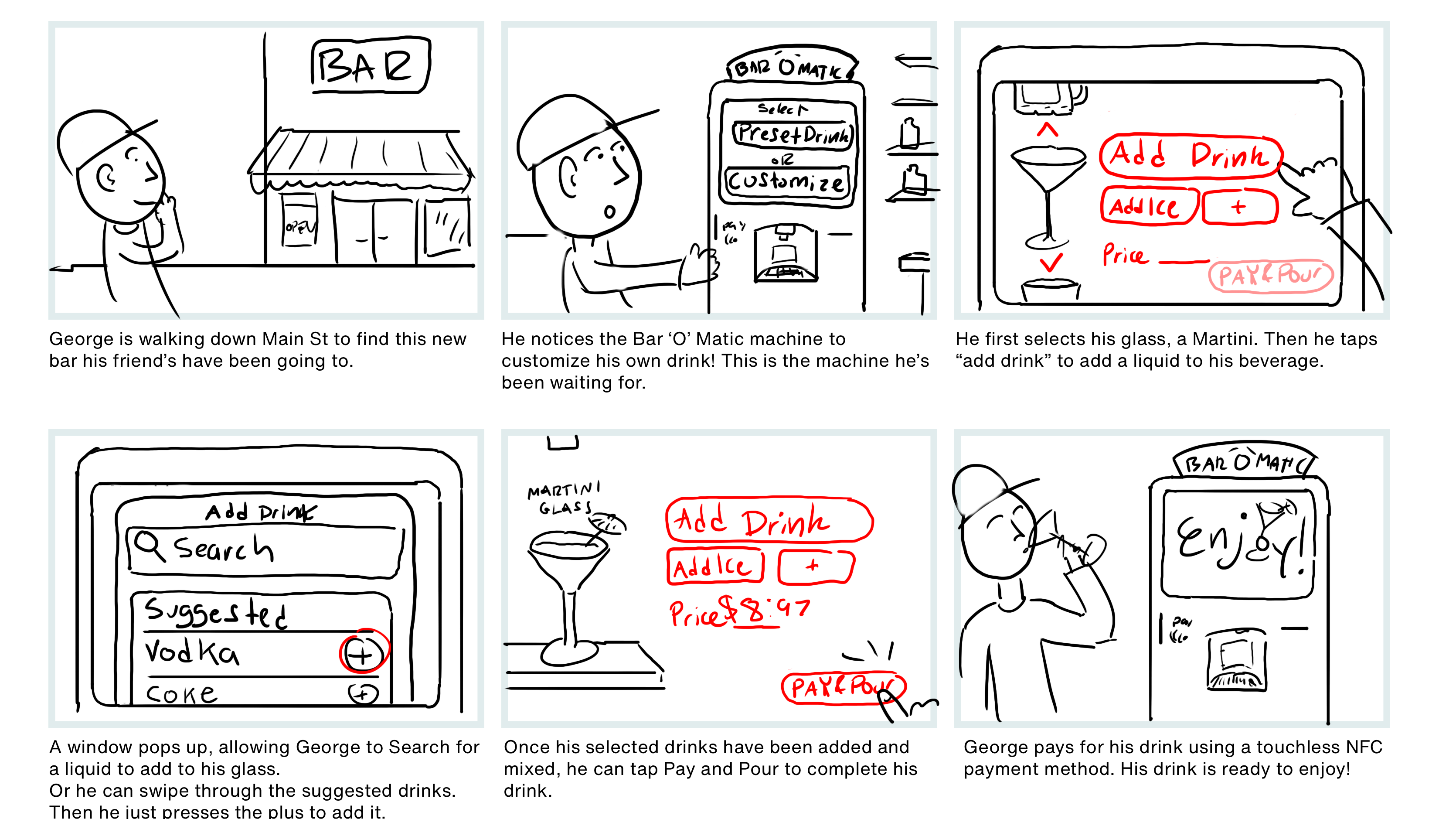Part 1: Describe how feedback is used in the three microinteractions you had selected previously: effectively or not, skillfully or not, is it useful, is it appropriate, is it delightful?
Part 2: Find an example of a microinteraction that switches modes - one of your previously selected ones or a new one. Could this mode be avoided and if so how?
----------------
Microinteraction #1: Spotify - "Quick Add" to playlist
How feedback is used: Spotify uses feedback fairly effectively in this microinteraction. Once the user taps the "Add Song" button at the top of a playlist, a window appears. In that window a user can swipe left to view different sets of songs suggestions, related to the playlist or based on my listening history. Alliteratively a user can search for a song, then tap the + to add it. This is very useful and and an appropriate sized sub-window as it allows users to quickly add a song with relatively few taps.
Microinteraction #2: Things - "Add to Inbox" within project list
How feedback is used: Within a project/list window on the Things ToDo app on iOS, a "+" button rests in the bottom corner. If the user taps it, it adds something to the list, but if they tap and hold they can drag it to the bottom left of the screen where an "Add to Inbox" bubble enlarges, and then becomes larger when the + is dragged over it.
This is delightful as it provides a fluid and quick way of adding a list to inbox within a project window. The animations are useful because it provides feedback for the next action if the user were to release the +, i.e. adding to Inbox and prompting a text window to write your ToDo.
Microinteraction #3: Apple Stocks - Cycle through alternate data points
How feedback is used: This microinteraction is a rather simple one. If a user simply taps on a green or red small preview rectangle adjacent to a particular stock, it would allow you to continue tapping to cycle its preview. This is a small but useful microinteraction for viewers to quickly compare stock prices or data at a glance without having to enter into each stock's separate window.
Part 2: One microinteraction that switches modes would be the Things Todo mentioned above. This is because a user can choose to opt-out of dragging the + over the add to inbox icon, and instead drag it back to its original position, OR above to the top of the current list. This allows the user to revert back to the +'s original mode of adding an item to the current list and not adding it to the overall app's inbox.










